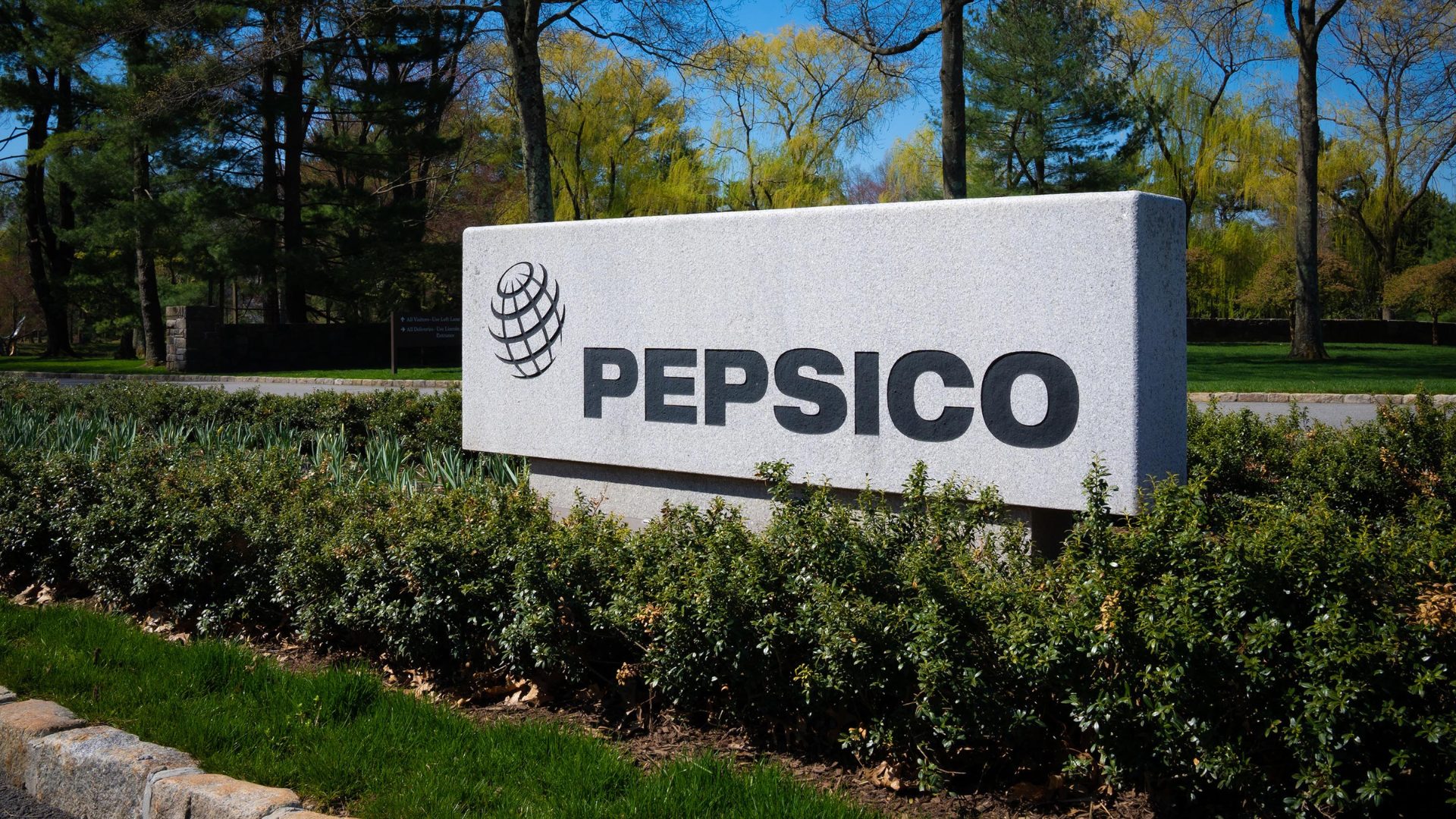Recent quarterly earnings reports would suggest the packaged food industry is struggling badly. Last week, Kraft Heinz posted an organic sales decline of 2.4%, including a 2.9% drop in North America, with volumes in the region down 4.2%. The company lowered its full-year outlook as a result. Snack giant Mondelez too posted a volume decline in the region.
The next day, Hershey announced a stunning 22% decline in organic volume for its North America Confectionery segment.
A few days earlier, Nestle’s second quarter report showed weakness in a number of categories. Earlier in the month, Conagra saw organic revenue fall 2.4%, with price/mix contributing about a quarter of the decline. Before that, it was General Mills with a stunning 7% organic decline in the fiscal fourth quarter (ending May), and Hormel with lower volume, and Campbell Soup flat on price and volume. As we noted last month, McCormick posted a soft quarter as well.
J.M. Smucker and Kellanova have been the lone standouts, with Smucker posting solid growth and Kellanova grinding out volume growth in North America in Q2 (albeit with lower pricing).
Virtually all industry executives are citing a pressured consumer these days.
Kraft Heinz CEO Carlos Abrams-Rivera said on a post-earnings conference call that “the consumer environment remains challenged and was worse than we anticipated in the second quarter.” His counterpart at Nestle, Ulf Schneider, told listeners that “we’re managing price, obviously, in what is a tough consumer environment.”
That “tough” environment seems concentrated among lower-income consumers, with executives at Campbell, McCormick and Mondelez pointing to particular weakness with that group. Overall, after taking significant price during 2022, packaged food companies seem to be facing something of a backlash, with consumers trading down to either private label alternatives or smaller sizes.
To be sure, each of these companies unsurprisingly argued that they would be able to navigate through consumer headwinds. But it seems clear that inflation has taken a toll for the major manufacturers, and flat to negative pricing shows that promotional activity has picked up as well.
The soft results and cautious commentary would seem to suggest that investors would be fleeing the sector. Surprisingly, that hasn’t happened. Amid market volatility and a number of major sell-offs, packaged food stocks have actually prospered.
Over the past month, the twelve most valuable manufacturers have on average returned 8.3%. Kellanova, whose shares soared this week amid a rumored buyout by Mars, adds about two points to those gains – but the Standard & Poor’s 500 index is down over 6% during the same period.
There seem to be two factors at play here. The first is the fact that as soft as earnings look, they’re not nearly as weak as some investors feared. The “compounding impact of inflation”, as McCormick CEO Brendan Foley put it on his company’s earnings call, is well-known. So is the higher relative impact for lower-income customers. Investors are taking the glass-half-full perspective: it certainly could be worse.
For now, at least, the majors are able to keep volumes mostly intact, and in many cases are still generating year-over-year profit growth.
The second factor is likely the standard rotation into defensive plays at a time of increased market concern. Particularly in recent sessions, the ‘hot’ stocks of the past year, notably plays on generative AI, have seen significant sell-offs.
Chipmaker Nvidia, for instance, whose stunning rally was a major contributor to the performance of the S&P over the past twelve months, has dropped 26% in seven weeks.
In such a volatile market, investors often move into more defensive names such as food manufacturers. Right now, the industry’s volume challenges look relatively modest against the potential of a collapsing AI bubble.
The obvious question is whether the newfound optimism toward the food sector will hold. There isn’t a clear path toward revenue and profit improvement in the near term, though the ‘cycling’ through difficult prior-year comparisons from 2022-23 price increases will help. And the industry is not quite as defensive as investors might hope, especially in a recession scenario. Despite its reputation, the sector dropped precipitously in 2008-09 and again in the occasional, if sharp, sell-offs seen across the 2010s.
And it was less than a year ago that we highlighted the significant underperformance of the group during a bull market. Recent gains may simply be a short-lived reversion to the mean.
Essentially, the story remains the same, particularly for the likes of General Mills and Campbell. The majors have to start showing consistent growth – and it remains unclear whether so many legacy brands will be able to drive that kind of growth. For now, in such a difficult environment, investors are willing to be patient.
History shows that patience won’t last forever.
About the author: Vince Martin is an analyst and author whose work has appeared on multiple financial industry websites for more than a decade. He’s the lead writer at Overlooked Alpha, which offers market-wide and single-stock analysis every week. He has no positions in any securities mentioned.
The Food Institute Podcast
In this episode of The Food Institute Podcast, IFDA President and CEO Mark S. Allen discussed the pressing challenges and innovative solutions in the foodservice distribution industry. Allen delved into topics such as labor shortages, transportation issues, technology advancements, and the importance of industry events like IFDA’s Solutions Conference.












